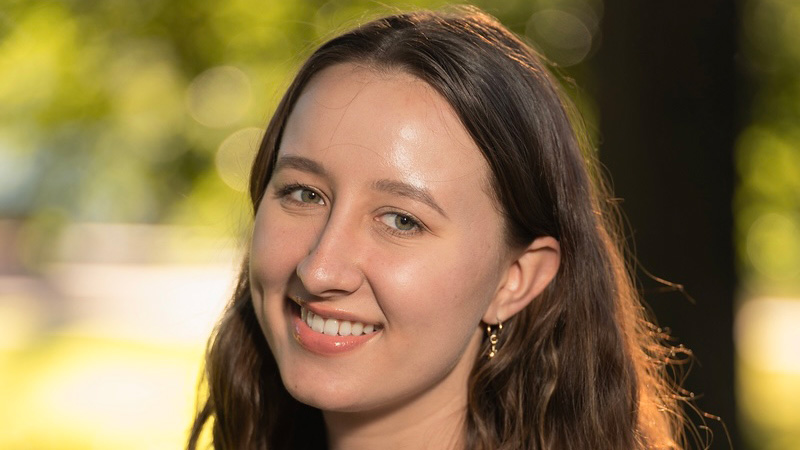Passion for Affordable Senior Housing

“This was a passion project for me because it combined my interest in urban planning and addressing social issues,” recently graduated Bachelor of Science in Architecture major Elizabeth Turac said.
Turac won third place in the 2023 Annual International Berkeley Undergraduate Prize for Architectural Design Excellence with her essay, “The Built Environment’s Response to Aging in Place in Metro Atlanta.”
Turac’s family is from Slovakia where generations of families living in the same home is the norm making it easy to support aging elders. Seeing the difference in the family dynamics in Europe and the United States made her question how we can we build an environment for aging elders in Metro Atlanta.
Turac entered the Berkely Prize Competition because she was inspired by healthcare design classes with instructor and Ph.D. student Yousef Bushehri. In the healthcare design classes, Turac learned about the specific needs of elderly people in the built environment.
Turac also worked for the SimTigrate Design Lab for one year as a student assistant. This College of Design research center uses evidence-based design to improve the medical experience for patients and providers. SimTigrate Design Lab’s research examines a wide range of topics including reducing infection spread, cognitive aging, sleep health, and pediatric cancer clinics.
As part of her work with SimTigrate Design Lab, Turac worked with people who have mild cognitive impairment and aging adults who may be developing dementia.
“The essay Elizabeth wrote was an amazing example of a person who has spent years learning about and thinking about the relationship between architecture and aging,” said Bushehri.
This year’s Berkeley Prize competition, sponsored by Berkeley University, asked “What are the major issues and the best design responses in your local community for the special needs of your senior citizens?”
Turac's essay addressed several ways for cities to create comprehensive plans that address barriers to aging in place. These barriers include lack of affordable housing, inaccessibility, and effective public connections.
Using Atlanta, Georgia, as an example, Turac emphasized the need for careful long-term planning to address problems.